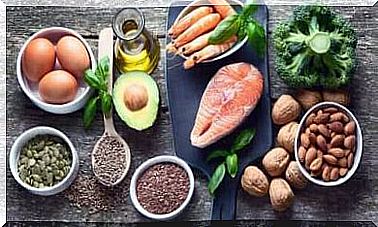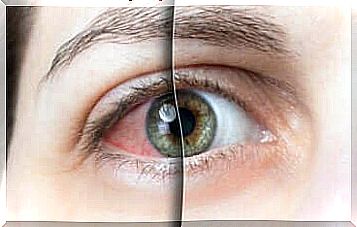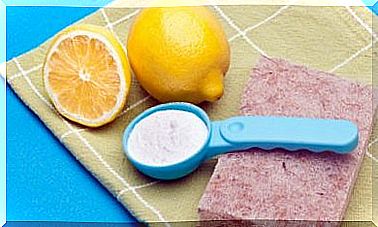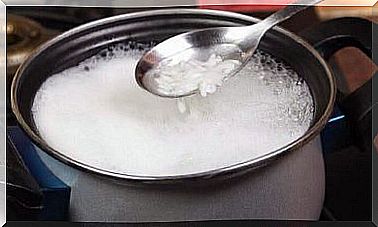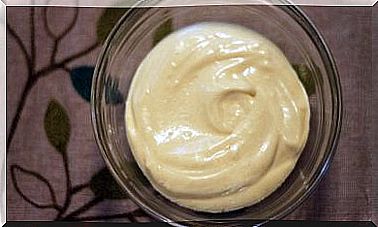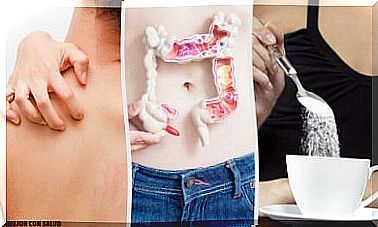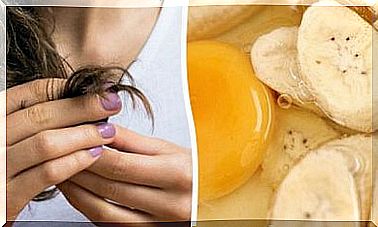Does Bread Really Make You Fat?
Again and again you hear that bread makes you fat. But is that really true? In today’s article, we’ll explore this question and also explain interesting things about the mechanism of satiety. Read on to find out more!
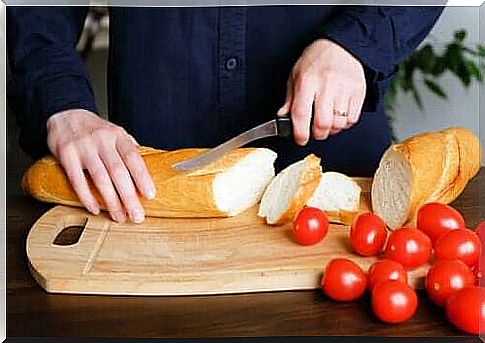
Many wonder whether bread really makes you fat. Strictly speaking, there are no foods that make you fat or thin, because the calories consumed and the lifestyle of each individual are decisive.
Nevertheless, the different foods also have an impact on insulin production and the satiety mechanism and can therefore in part also promote weight gain, as they encourage excessive calorie intake.
Does bread really make you fat? The answer is no!

Bread consists largely of carbohydrates and provides between 300 and 400 Kcal per 100 grams. In the context of a healthy diet, it does not have to lead to weight gain.
However, the glycemic index is usually very high, especially with white bread made from refined wheat flour. This causes a spike in insulin and then reactive hypoglycemia.
If you eat bread alone, it is initially filling, but after a short time it makes you more hungry. So we are talking about a food that is not very satiating and can therefore lead to hunger again quickly and subsequently to eat more.
Avoid bread as a side dish
Many misuse bread and make a habit of consuming it as an accompaniment to other dishes. However, this leads to extra calories that are often overlooked.
You can eat small amounts of bread without any problems, but it should always be a main meal, for example in the form of pizza. However, we recommend that you avoid bread as a side dish.
Many love to dip the bread in a sauce. But the sauce itself is already high in calories and if you also eat bread with it, the risk of gaining weight is even greater. It also tastes so good that you often eat too much of it.
In addition, many do not include bread in a diet. Because many are not even aware that it also provides calories and just automatically eat it with food, which is also culturally determined.
Not all bread is created equal
There are numerous types of bread with a wide variety of ingredients and preparation methods. For example, white bread made from wheat flour has nothing to do with dark rye bread or industrially manufactured sandwich bread.
Whenever possible , choose wholemeal bread that is not made industrially but directly by the baker. We particularly recommend multi-grain bread, which tastes delicious and provides high-quality nutrients.
The satiating effect of food

When creating your eating plan, you should not only consider the calories in the foods, but also how long they will keep you full. It is best to avoid industrially manufactured products and high-sugar foods as much as possible.
Proteins and fats have a strong satiating effect and stimulate the formation of leptin and neuropeptides. This can prevent reactive hypoglycemia from taking simple sugars, which leads to increased appetite.
Foods rich in fiber stimulate the receptors that are responsible for transmitting the feeling of fullness. Therefore, you should incorporate them into your diet and avoid finished products if possible.
Not only do they provide important macro and micronutrients, they also make it possible to control the glucose curve and the appetite mechanism efficiently.
When it comes to foods that are high in carbohydrates, however, you should always make sure that they are whole grains. These provide a high proportion of fiber and are characterized by a low glycemic index. This stimulates insulin production less than white sugar.
Final remarks
One food alone does not make you fat and bread is no exception. But many people eat bread at the wrong time, for example as a side dish, and this can have undesirable consequences.
Bread should always be consumed as a main course, and you should avoid it as a snack in between, otherwise you will get even more hungry afterwards.
In general, foods that are very high in carbohydrates and have a correspondingly high glycemic index are better avoided. Consuming fiber is essential for the satiety mechanism to work well. You can also use it to prevent the development of complex diseases.
